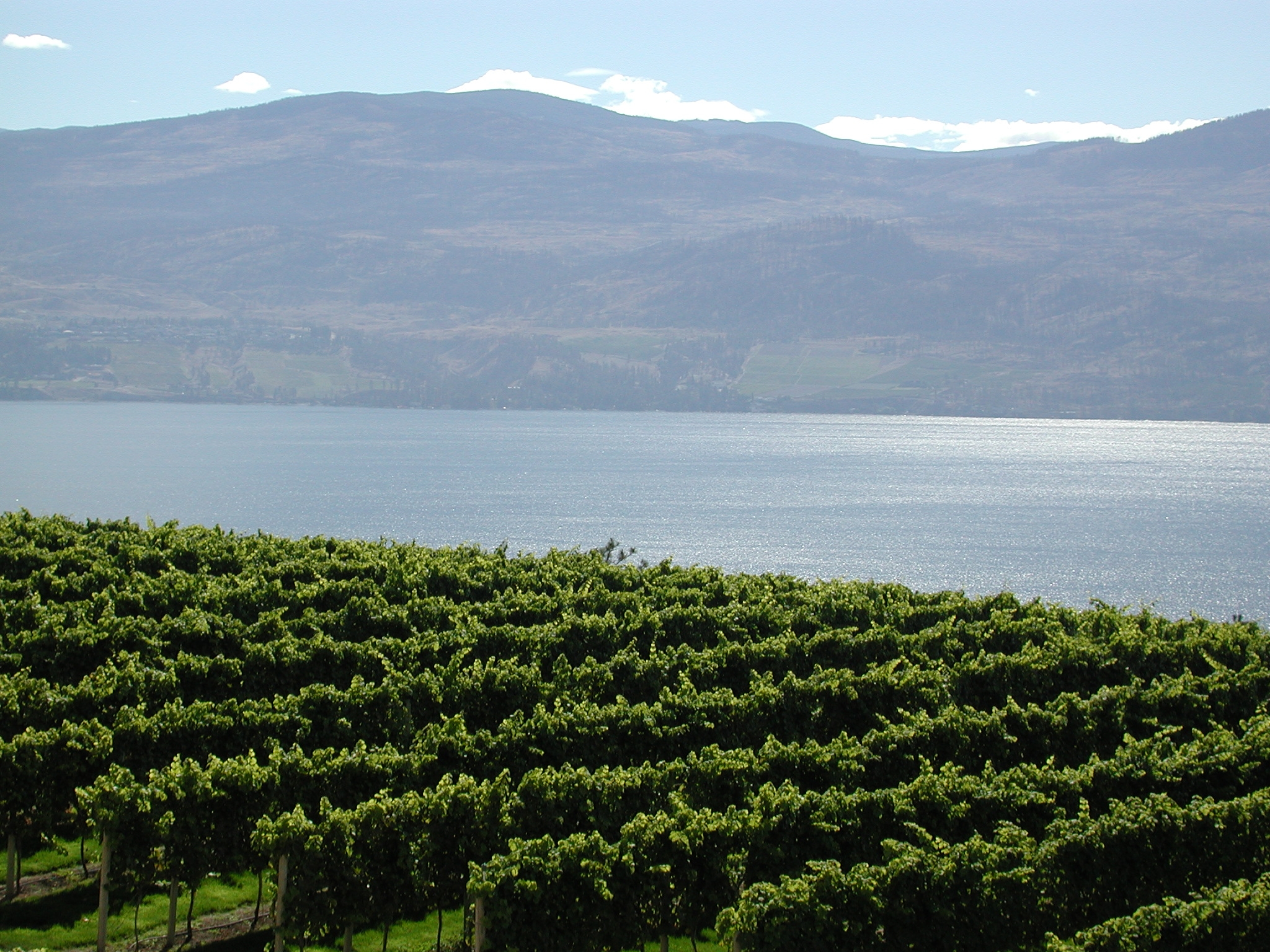Warm and dry conditions have prompted the British Columbia to announce a Level 3 drought for much of the province, including the Okanagan region.
Low snowpack over the winter months combined with a warm spring has led to a rapid and early shift from the spring melt season to low flow conditions. With warmer than normal weather forecasted for the summer, the province has advised preparedness for what could be a very dry season. Drought Level 3 indicates that serious ecosystem or socioeconomic impacts are possible and calls for voluntary water use reductions from all water users, including residents, industry, farmers, and municipalities. The suggested target is a 30 per cent reduction in water use.
Across the Okanagan, a low snowpack and a dry spring reduced the inflow of water into storage reservoirs. This year saw the driest May on record in Kelowna, with just 43 millimeters of rain, approximately half of the usual 86 millimeters for that month. Some upland reservoirs did not fill and Okanagan Lake did not reach full pool. And while some reservoirs filled and spilled, in many cases storage is being accessed earlier than usual to supplement downstream flows and meet demand, which may cause challenges later in the season.
Local water regulations and conservation targets differ from provincial drought levels. Many Okanagan water suppliers have drought management plans and operate with year-round watering restrictions for their domestic customers. Water supply conditions are different across the valley, and whether a community moves to a higher restriction stage depends on several factors, including customer demand, infrastructure capacity, and local water supply levels.
For more information, contact Kellie Garcia, policy and planning specialist, Okanagan Basin Water Board, via [email protected] or 250-469-6321 for details about local drought planning and response efforts.












